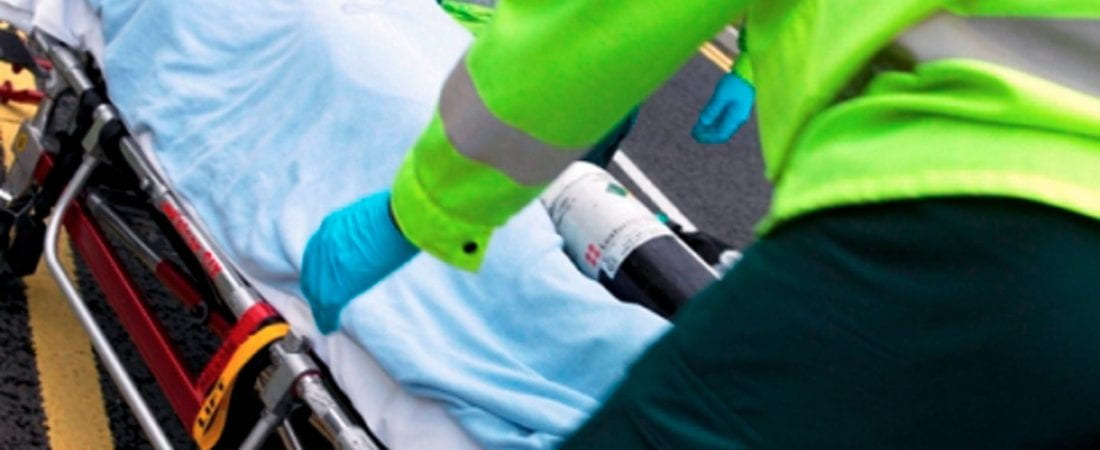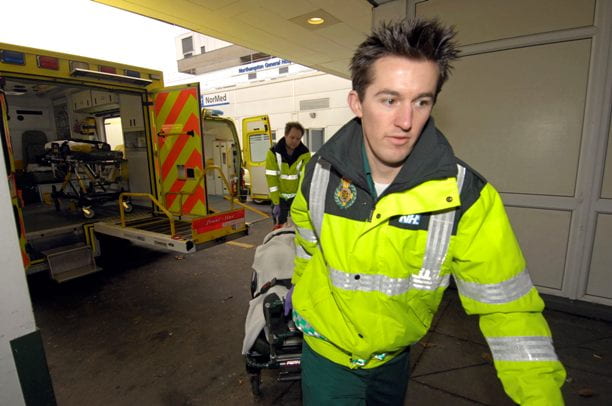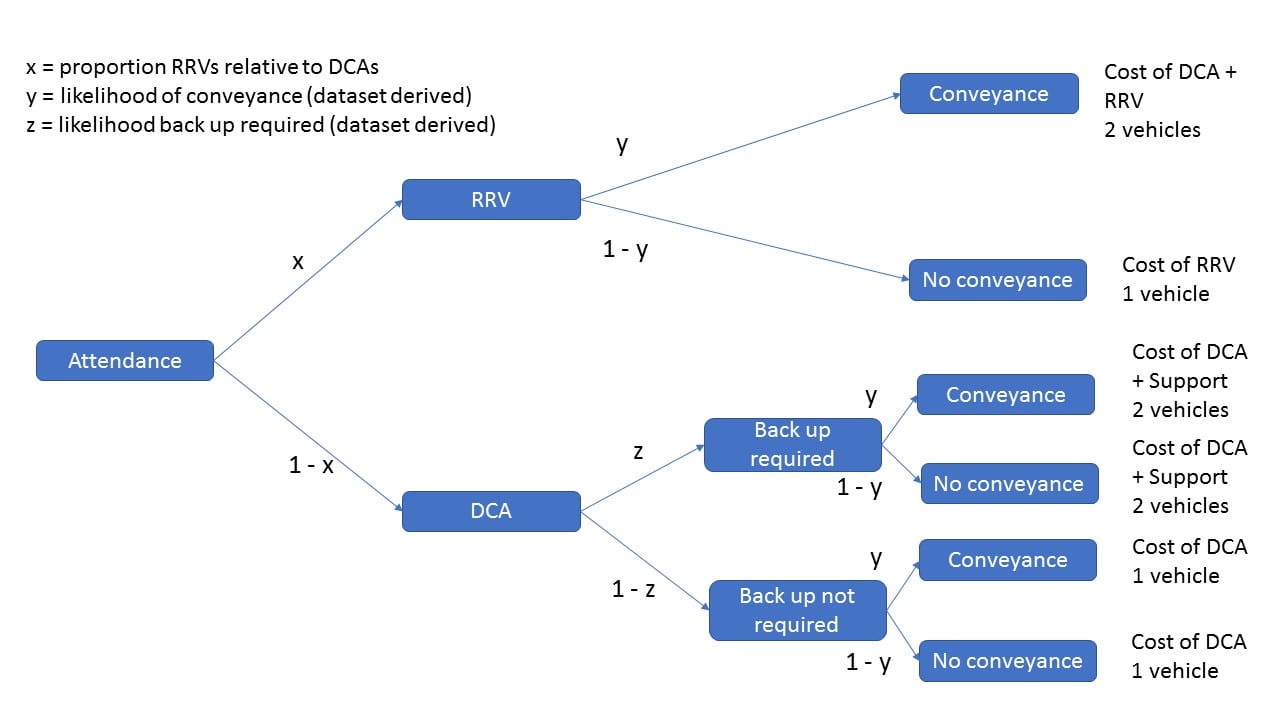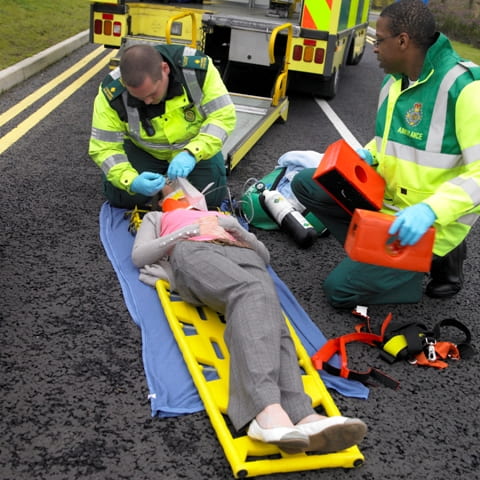Improving ambulance services in England

In 2018, ambulance trusts across England answered around 10 million emergency calls and responded to seven million separate incidents. Only one in ten of these calls were life-threatening, but six in ten resulted in a patient being conveyed to A&E. NHS ambitions focus on providing safe care closer to home. This begs the question: how do we safely reduce current levels of patient conveyance? Researchers at the University of Lincoln were keen to find an answer.
The Carter review of ‘Operational productivity and performance in English NHS Ambulance Trusts’ identified specific areas for improvement for the ambulance service, including more effective management of the emergency vehicles. However, there was very little research about what this might mean, leaving ambulance trusts unable to make decisions based on real data. Researchers at the University of Lincoln worked with the East Midlands Ambulance Service NHS Trust (EMAS) – one of the 10 services in England – to explore how different types of emergency vehicles were used. By analysing data on all emergency vehicle assignments during 2019, the Lincoln team was able to create a model which shows the most efficient use of emergency vehicles and their crews.

Creating the model
The team from Lincoln analysed the 711,992 incident calls that were received by East Midlands Ambulance Service in 2019, responded to by one of two types of emergency vehicle: single crew rapid-response vehicles (RRVs) and dual-crewed ambulances (DCAs). They classified each call in one of two ways: as a ‘see and treat’, where patients received the treatment they needed at their location; or as a ‘see, treat and convey’, when at least one patient needed to be taken to an emergency department. Using sector standard models for the likely duration of each call, the median costs for different categories of staff and the likely need for back-up vehicles, the team was then able to calculate the cost-effectiveness of the different types of emergency response.

Applying the model
By using this model to analyse the cost-effectiveness of the East Midlands emergency response during 2019, the team found a higher than national average for the proportion of calls requiring conveyance to hospital (72.3% in East Midlands compared to 60% national average). Working on the basis that single-crewed rapid-response vehicles are not used to convey patients to hospital, this meant that there was no benefit in increasing the ratio of these vehicles to dual crew ambulances, unless conveyance rates can be reduced. The analysis also demonstrated that dual crew ambulances crewed by technicians were more likely to call for additional back-up than those crewed by at least one paramedic. These findings support an upskilling of more technicians to paramedics.
It is simply unacceptable that trusts purchase different ambulances and stock them with different equipment and medicines. This demonstrably increases costs and there is an unarguable case to develop a common specification across England and move rapidly to centralised procurement for the ambulance fleet.
Carter review into unwarranted variation in NHS ambulance trusts, 2019.

National significance
As well as being useful for East Midlands Ambulance Service to help them design and manage their emergency response service, the Lincoln researchers created the model so that it could be used by the other ambulance services across England. By inputting their own incident data, each ambulance service can use the model to inform their future fleet and staffing decisions. This will be crucial as they review and replace emergency response vehicles and it will help them respond to the call in the Carter review to develop a common approach. The research will also help to inform further investigative work on how vehicles are crewed, incident cycle times and unit costs of attendance and conveyance, as well as further exploration into ways of reducing rates of conveyance to hospital while maintaining quality of care.
Find out more
If you’re interested in finding out more about the work carried out by the team, see the School of Health and Social Care and the Community and Health Research Unit. You can also click on the links below to discover the people behind the projects.
You can see find infographics, animations and videos on the team’s wider work on ambulance services and outcomes by following the links below:
- Prehospital outcome measures
- Prehospital Emergency Medicine
- Ambulance Research: The PhOEBE Project
- Prehospital Emergency Care
